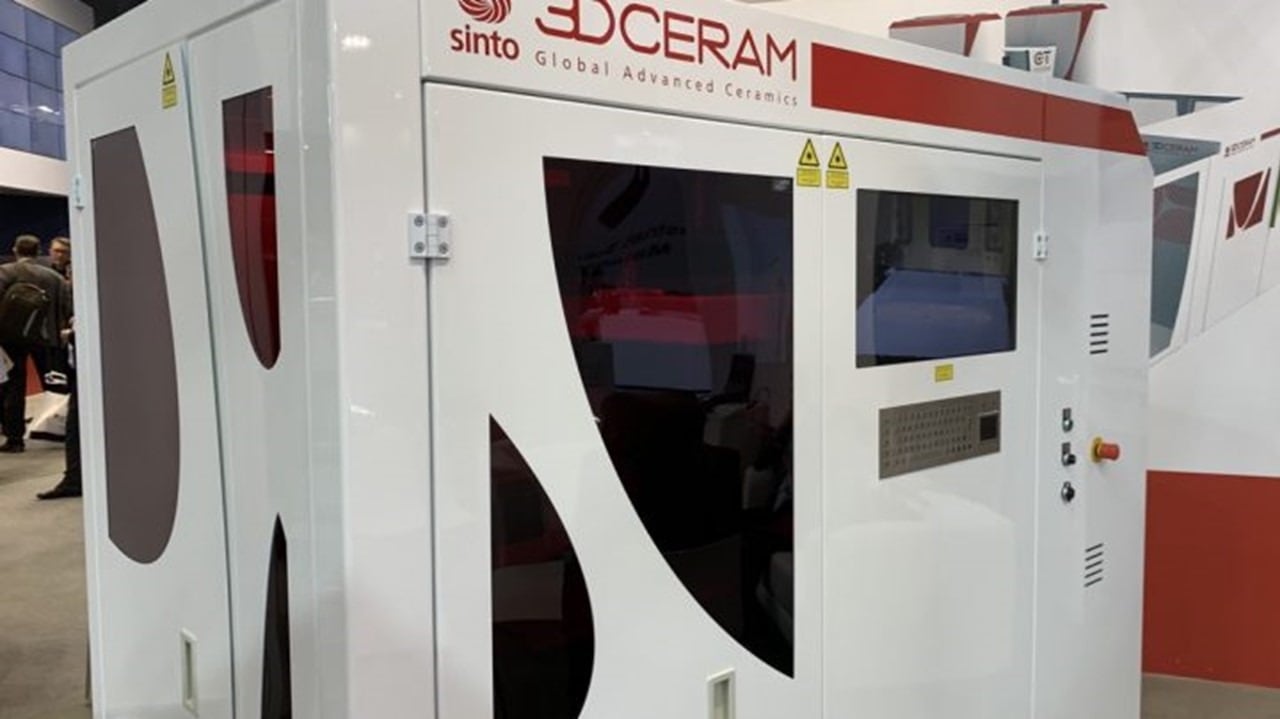3DCeram, partner of 3D-MODEL AG offers a turnkey solution for ceramic 3D printing with advanced material base and printing solution with hybrid systems. Thus the Ceramaker Hybrid is able to print several materials at the same time and to produce intelligent design parts.
3D printing lets users push back production limits. Ceramics are no exception to the rule. To open up this technology to a wider spread of professionals 3DCeram is sharing its maker experience to propose smart design (multi-function parts such as 3Doptic system for space application) and multi-material solutions (presentation of the H2020 project Cell3Ditor). Thus, the new Ceramaker Hybrid is able to print several materials at the same time and can manufacture smart design parts.
With 3DCeram Sinto, 3Dprinting is just not repeating what we can do with other production technology but is going a step forward.
Experimental.
The principle of hybrid printer is to print in the same time different material and cofired them after. Our hybrid solutions are based on SLA Ceramaker process for the subtract, and another deposit technology for the track or the other material(s). In all cases the objective is to have a compatible system between all materials deposited to have cofired system at the end (compatible ceramic material and solid loading)
We tested:
- Inkjet printing head
- Robocasting for high viscous system (LTCC / HTCC)
- Nozzle jet for low viscous system (SOFC / CORES / FLUIDIC)
During 2018 the study was accentuated on the development of functionalized parts with integrated functions such as internal cannels for fluidic. At the state of the art, with all shaping process for technical ceramics, it is not possible to create parts with long and complex internal cannels.
In order to be able to print such parts the substrate layering (ceramic) was done by SLA (stereolithography) and the internal cannels was created by the deposit of sacrificial resins. This sacrificial resin was deposit by needle valves (nozzles Nordson xQR41) and was polymerized after each deposit in order to solidify the entire part.
Conclusions and discussions
After printing, the part is debinded and sintered and by this way the resin deposit in place of internal cannels was burned. After sintering we can obtain pure alumina parts with internal cannels inside. The accuracy of cannels must be qualified.
About 3DCERAM Sinto
Since more than 10 years, 3DCeram pioneered the application of 3D printing of ceramics. This year, 3DCeram launched a new ceramic 3D printer with a native resolution of 30 µm which will complete its innovative offer:
Turn key 3D printing ceramic Lines including Ceramaker printers and all associated services (hotline, training, commissioning).
Ceramic 3Dmix dedicated to the CERAMAKER printer Alumina, Zirconia, or Hydroxyapatite and on demand formulation: development of your 3Dmix based on YOUR ceramic.
On-demand 3D printing production. High quality parts, made of 3DMix ceramic pastes developed by 3DCeram, get the same properties as those produced via traditional processes.
